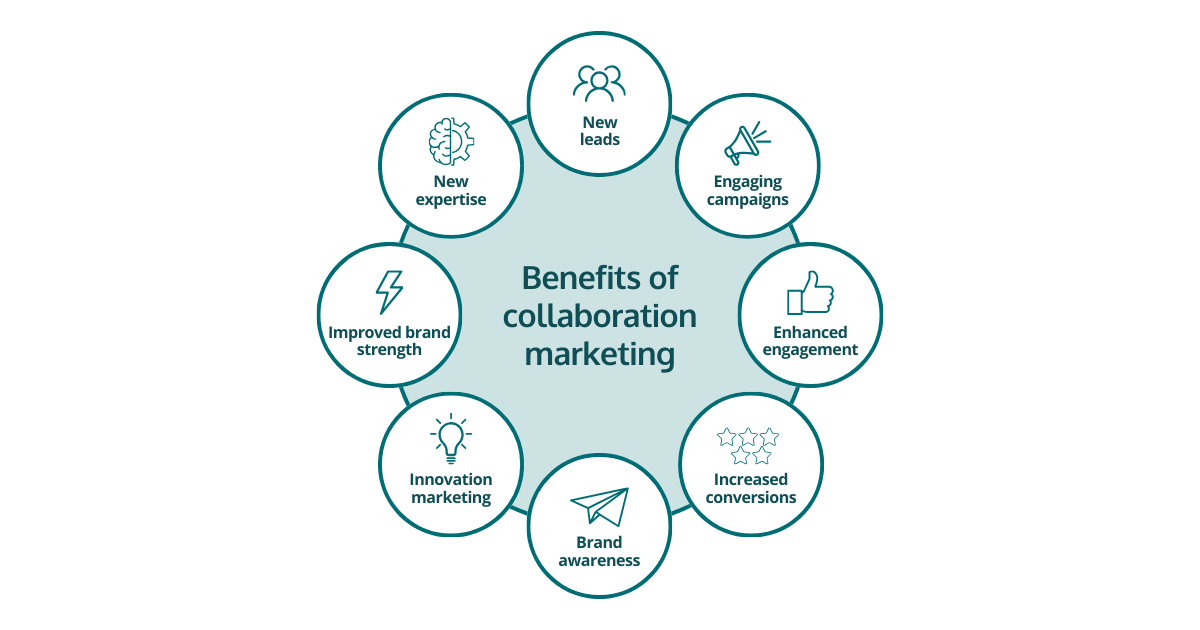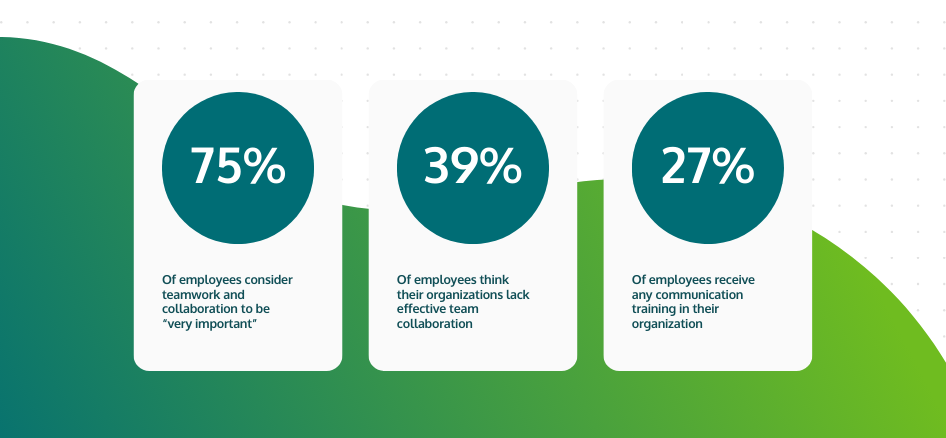-
- marketing agility
- Teams
- Organizations
- Education
- enterprise
- Articles
- Individuals
- Transformation
- Solution
- Leadership
- Getting Started
- business agility
- agile management
- going agile
- Frameworks
- agile mindset
- Agile Marketing Tools
- agile marketing journey
- organizational alignment
- Agile Marketers
- People
- Selection
- (Featured Posts)
- strategy
- agile journey
- Metrics and Data
- Kanban
- Resources
- Why Agile Marketing
- agile project management
- self-managing team
- Meetings
- Scrum
- agile adoption
- scaled agile marketing
- tactics
- scaled agile
- AI
- Agile Meetings
- agile marketing training
- agile takeaways
- Agile Leadership
- agile coach
- enterprise marketing agility
- Scrumban
- state of agile marketing
- team empowerment
- Intermediate
- agile marketing mindset
- agile marketing planning
- agile plan
- Individual
- Team
- Videos
- agile marketing
- kanban board
- Agile Marketing Terms
- agile transformation
- traditional marketing
- FAQ
- agile teams
- Agile Marketing Glossary
- CoE
- Scrumban
- agile
- agile marketer
- agile marketing case study
- agile marketing coaching
- agile marketing leaders
- agile marketing methodologies
- agile marketing metrics
- agile pilot
- agile sales
- agile team
- agile work breakdown
- cycle time
- employee satisfaction
- marketing value stream
- marketing-analytics
- remote teams
- sprints
- throughput
- work breakdown structure
- News
- agile brand
- agile marketing books
- agile marketing pilot
- agile marketing transformation
- agile review process
- agile team charter
- cost of delay
- hybrid framework
- pdca
- remote working
- scrum master
- stable agile teams
- stand ups
- startups
- team charter
- team morale
- user story
- value stream mapping
- visual workflow
8 Benefits of Collaborative Marketing and How to Execute It
Guest Contributor
As markets grow bigger, competition grows fiercer. With revenue in the e-commerce market expected to reach $979.9 million over 2023, it may be a huge pie but there are more and more people who want a slice of it. And with multiple channels and platforms being used by customers and potential customers, marketing budgets and teams are finding themselves increasingly stretched.
One solution to this issue is the same as whenever you find yourself struggling alone: collaboration. Collaborative marketing can combine resources and help ensure your message reaches potential customers. But unlocking the value it can provide begins with understanding its potential, limitations, and how to take advantage of it.
What Is Collaborative Marketing?

Image adapted from smartsheet.com
The easiest way to describe collaborative marketing is as a strategic alliance between two businesses. These two businesses will likely have similar aims and interests and the products they sell will often be complementary in some way. The products or services may even combine to offer something new and unique to their customers.
Collaborative marketing can bring together each company’s audiences and can mean that what was a limited budget becomes a larger one that can offer extended reach. The collaboration can happen between two organizations or even between a business and an influencer. For example, a business may have written a blog on the best domain names to use and a customer of their partner who wants to search for domain names would benefit from collaboration when that’s part of your business.
Before proceeding to learn the benefits of collaborative marketing, take a moment to explore The Agile Marketing Credo — the new foundation for how modern marketers work with clarity, focus, and impact.
The Benefits of Collaborative Marketing
There may be different benefits that come from your particular collaboration. But as with all new ideas and tactics, you want to consider the general and tangible benefits that might result from any collaboration and effective marketing.
1. Increased Brand Awareness
While there would likely be some overlap between each entity’s audience, each will have its own unique audience too. So, when you collaborate, your reach will automatically increase, and so will your brand awareness. When brand awareness grows, you should see knock-on effects such as increased sales.
2. More Potential Customers
When brands collaborate, you not only see better brand awareness but you have access to new potential customers and more leads. This can be especially true when products or services complement each other or create a new product. For example, you may sell a product while your partner sells peripherals for that product.
Working together can boost sales as you are bringing together two groups of customers with mutual interests and the people who buy the phone system are likely to consider buying any peripherals too.
3. Better Engagement
One big advantage of collaborative marketing is that it can improve your engagement levels. Each partner may have different strengths when it comes to presence on social media platforms. So, both collaborative partners can see their engagement levels boosted as they will be presenting their campaign across all relevant platforms.
4. More Conversions and Sales
Partners can bring together their individual products to offer something new or they may even develop brand new products between them. Either way, you are offering customers something better than you previously did alone. When added to the increased reach and audience, this means that you should see a significant rise in your conversion rates and total sales.
5. Combined Budgets

Marketing budgets can sometimes be restrictive. When you enter into a collaborative marketing partnership, you will have a bigger budget for those particular products or services. When two marketing teams combine to promote the same product they’ll have more money to spend on reaching your target audiences.
6. Innovative Ideas
Good marketing is all about ideas. When you have two teams working together and sharing customer data and insights, you are likely to see more innovative ideas. Collaborating on new tactics and strategies can often produce innovative ideas that may not have happened with the teams working alone.
7. Fewer Brand Weaknesses
You may think your brand is as strong as it can be. But the reality is that there may be weaknesses you haven’t identified. Collaborative marketing can help expose any weaknesses and find a way to overcome them. For example, a company could be offering cutting-edge VoIP with texting solutions but have poor customer data analysis processes, with the latter negatively impacting its marketing efforts.
If they partner with a company who are excellent at customer data analysis, then it could improve their marketing skills and increase their sales.
8. New Skills
While marketing teams may have similar goals, different teams will have members with particular skill sets. By joining together, you have the opportunity to tap into those skills and also for your team members to learn them. Your collaboration partner, for example, may have team members who have strong video marketing skills, something your team currently lacks. When you work together, your team can learn how to make better videos.
Before you learn how to build an effective collaborative marketing relationship, why don't you take a second and get our Agile Marketing Quick Start Guide?
How to Build an Effective Collaborative Marketing Relationship

Image adapted from clickup.com
So, you can see that collaboration can bring many benefits to both you and your prospective partner. But how do you go about creating, building, and maintaining that relationship?
1. Identify Your Partner
It’s not just a case of sticking a pin in a business directory: who you choose as your collaborative partner should be a well-thought-out process. Think about the following points:
- Shared values. When your own values are closely aligned with those of your prospective partner, then collaboration will be a simpler process. If there are incompatibilities, you may have issues from day one.
- Relevance. It is unlikely that collaborative marketing will work if you partner with direct competitors. However, there needs to be some relevance to the products and/or services you both offer. It may be that your products complement theirs. For example, they may provide hardware for call centers while you offers VoIP services.
- Look at the audience. What is the potential for growing your audience? Your potential partner may have a strong social media presence while you may rely more on your website blog. By examining each company’s current audience and target demographics, you can get an idea of how much any collaboration will benefit you both.
2. Agree on Goals
What is the aim of your collaboration? Is it a long-term plan, a short-term one, or even collaborating on an event? Before the partnership commences, you need to agree on what the objectives of working together are. Only by deciding on a destination can you start planning the journey itself.
3. Establish Clear Terms
Now, you need to set out some rules as to how the collaboration will work. These can include:
- The products and/or services to be offered.
- The team who will work on it. This includes any management who will have oversight and control of the collaborative team.
- Budget. How much of both organizations’ marketing budgets will be allocated to the collaboration?
- Timeframe. How long will the collaboration last? Is it a one-off strategy or an ongoing one?
- Tactics. What form will collaborative marketing take? You need to identify the tactics you will use as well as the team members from each business who will have (or share) responsibility for different tasks.
4. Build a Team
You should now have an idea of the individuals who will be involved in your collaborative marketing plan. How will that look in reality? You also need to think about how that team will communicate when there is a good chance you are in different geographical locations. Identify the different tasks involved in your plan and who is best suited to those tasks.
5. Set up an Analysis and Reporting Process

Of course, management at both partners will want to know how well the collaboration is working. So, you need to identify the key marketing metrics that will measure success and how you will collect the data to analyze those metrics. You also need to set up a reporting process. That can include who reports are delivered to, and how often.
6. Plan Your Strategy
Once all the other pieces are in place, you and your partner need to design a marketing strategy. This should be designed to achieve the goals you have identified and should draw on the strengths of each team member. Strategies may vary but should include some common factors.
- Costs. You need to decide on how your budget will be spent and also how it is shared. It may not always be 50-50 as one partner may see more financial benefits than the other.
- PR. How will public relations campaigns be handled for the collaborative process? You need to consider how you can merge PR campaigns to achieve maximum exposure.
- Media. You have to examine what media each partner currently utilizes. Does one partner have an email newsletter while the other focuses on blogs? Look at how you can integrate your collaboration into the various media used by each partner, including social media.
- Promotions/discounts. Look at what promotions you can both offer. This may not only be the products you are collaborating on but also others offered by each organization.
- Referrals. You could also consider implementing a referral scheme as part of your collaboration. Encourage both sets of customers to refer to others with commission or other incentives.
The Takeaway
While the market continues to thrive, competition continues to increase. Businesses need to be continually looking at more efficient ways to market their brand and their products. Collaborative marketing is a strategy that is not only effective, but can bring many benefits to the organizations involved. However, as with other marketing tactics, you need to plan this carefully.
Your partner may be a business that sells products that complement your own. It may even be an influencer or celebrity who is a regular user of your products. Whatever partner you choose, ensure that you both have clear and common goals. With careful planning and oversight, it could be a strategy that makes a real difference to your revenue.
Before you leave, don't forget to get your copy of the Agile Marketing Quick Start Guide.
Topics discussed
Improve your Marketing Ops every week
Subscribe to our blog to get insights sent directly to your inbox.



